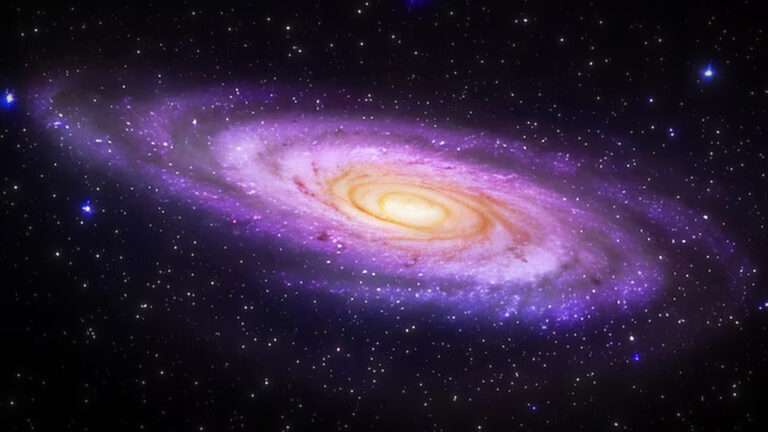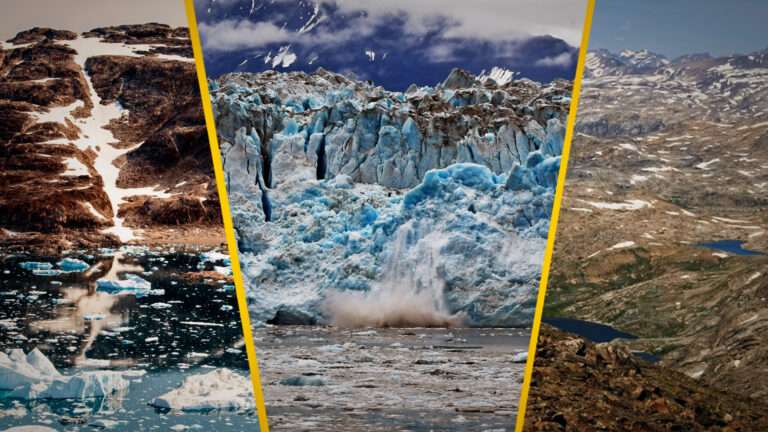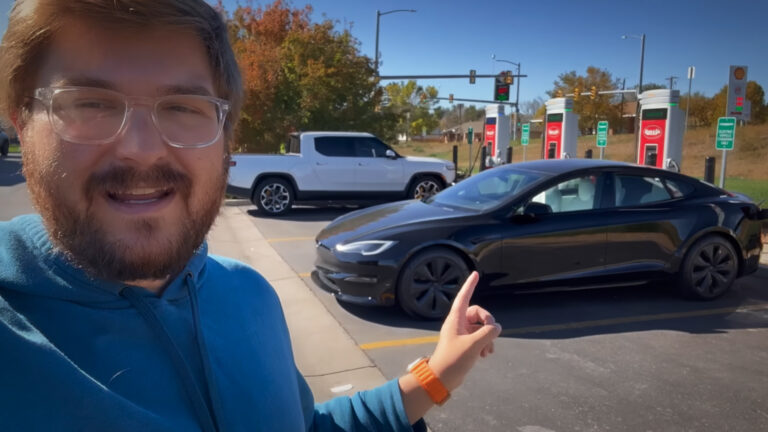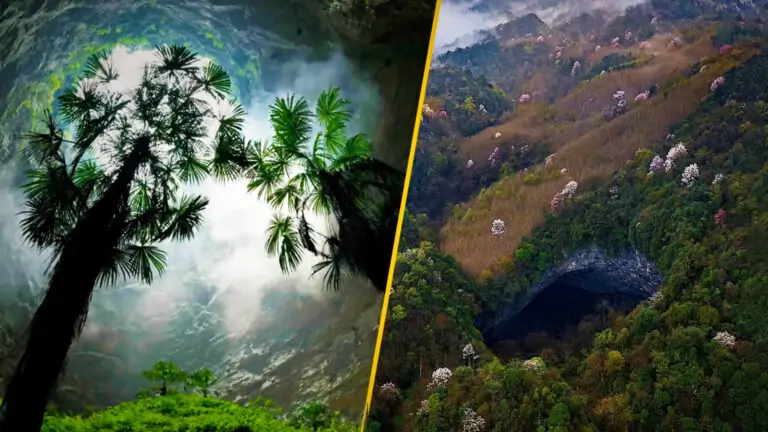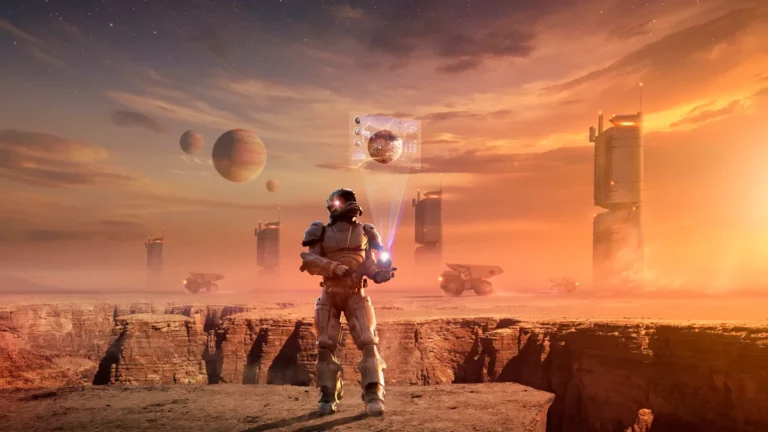Doomsday Clock, A Stark Warning or Just a Wake-Up Call?
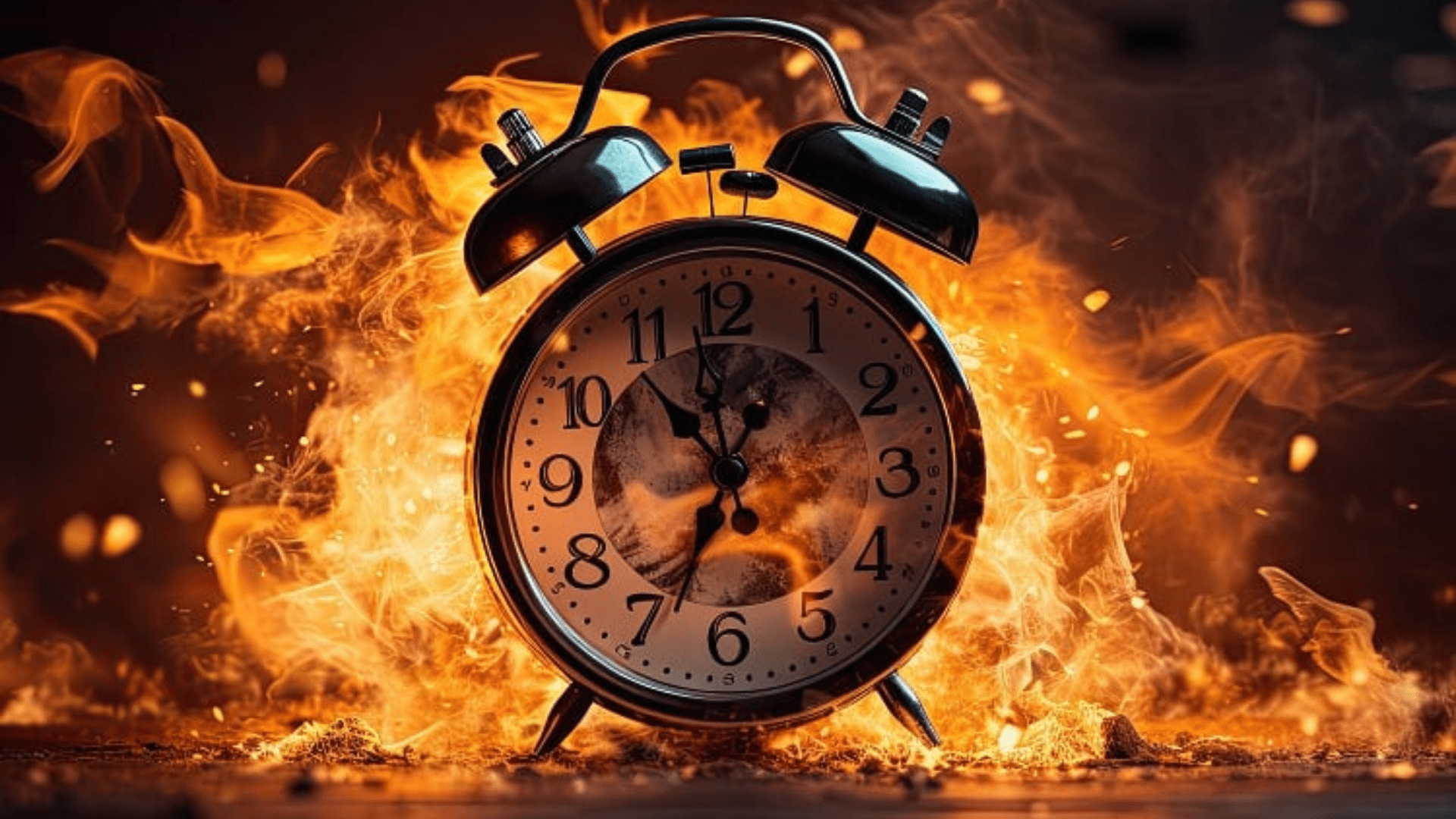
Doomsday Clock is more than just a symbol—it’s a wake-up call. It measures how close humanity is to global catastrophe, with midnight symbolizing the brink of disaster. As of recent updates, the clock is closer to midnight than ever before. But why is this happening, and what does it mean for us? Let’s dive in.
What is the Doomsday Clock?
The Doomsday Clock, created in 1947 by scientists at the Bulletin of the Atomic Scientists, is a visual representation of global dangers. The closer the clock’s hands are to midnight, the nearer we are to facing a global disaster, often tied to nuclear war, climate change, or other existential threats. It’s not just about predicting the end of the world, but warning humanity that we need to take action to prevent it.
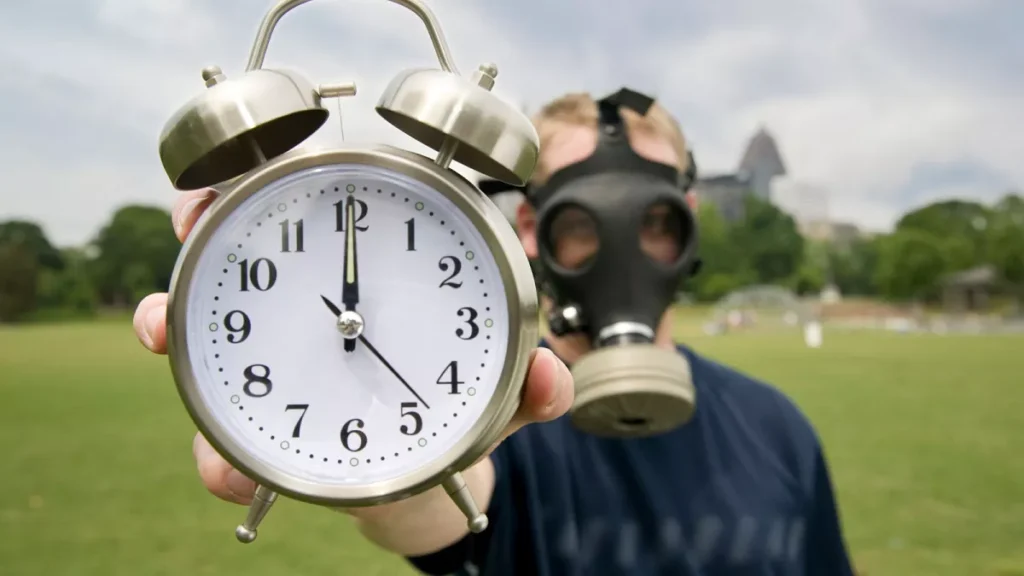
Why is the Clock Ticking Faster?
In recent years, the Doomsday Clock has moved ever closer to midnight due to several alarming issues:
- Nuclear Threats: Global tensions, particularly between nuclear-armed countries like the U.S. and Russia, have led to an arms race that worries scientists. In a world where weapons of mass destruction are increasingly powerful and widespread, the risk of accidental or intentional nuclear warfare remains dangerously high.
- Climate Change: Rising temperatures, extreme weather events, and the destruction of ecosystems point to a planet in distress. Scientists warn that climate change is accelerating, and the window to act is shrinking. The irreversible damage to the environment could lead to mass displacement, food and water shortages, and increased global conflict over resources.
- Emerging Technologies: While technology brings progress, it also presents new risks. From artificial intelligence to bioweapons, the potential for harm has expanded. The development of these technologies needs careful regulation to prevent misuse that could have catastrophic consequences.
- Pandemics: The COVID-19 pandemic was a harsh reminder of how vulnerable the world is to disease. With new viruses emerging and the global interconnectedness of our societies, the next pandemic could strike with even more devastating consequences if we aren’t prepared.

Credits: Istock
How Close Are We?
As of the latest update, the Doomsday Clock is set at 90 seconds to midnight, the closest it’s ever been. This unsettling fact is a clear signal that the combined threats to humanity are greater than ever before. While this does not mean the end is near, it does suggest that urgent action is required to change course.
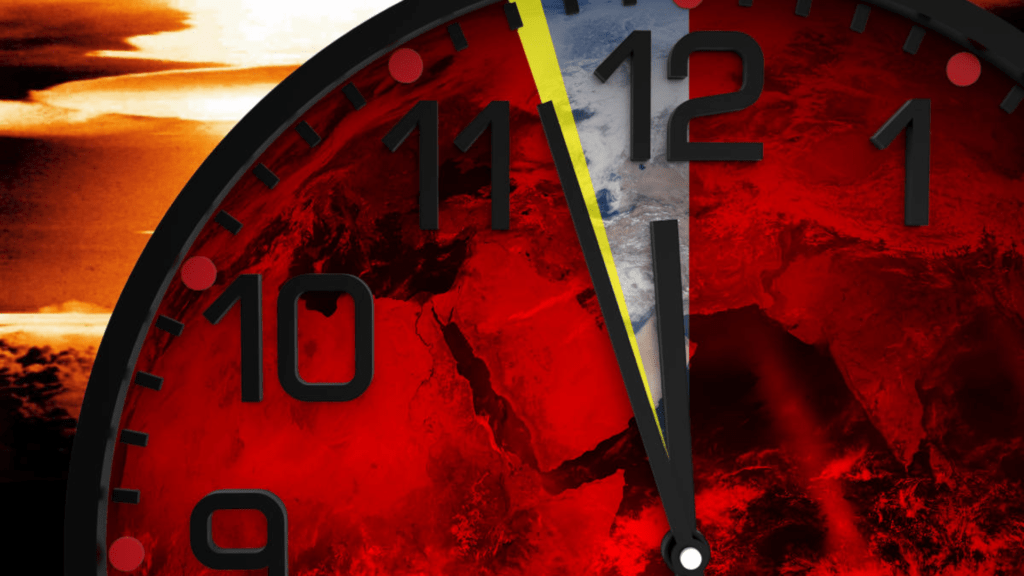
What Can We Do?
The good news is that the clock is not set in stone. Human actions can still make a difference. Governments, organizations, and individuals have the power to address these threats by:
- Advocating for Global Cooperation: Reducing nuclear arsenals and preventing new conflicts can help ease the nuclear threat. International diplomacy is key.
- Fighting Climate Change: By cutting emissions, switching to renewable energy, and protecting natural ecosystems, we can mitigate some of the damage and slow the planet’s warming.
- Regulating Emerging Technologies: We need to create ethical guidelines for the use of AI, biotechnology, and other advanced technologies to ensure they don’t spiral out of control.
- Improving Global Health Systems: Strengthening healthcare systems worldwide and preparing for future pandemics can save millions of lives.
Conclusion: Time Is Running Out
The Doomsday Clock’s ticking is a reminder that we cannot afford to wait. We must take action now to ensure a safer, more sustainable future for generations to come. While the threats are real, there is still time to make a difference. But that time is rapidly running out. Are we ready to change course before it’s too late?
The question is not just whether the clock will tick closer to midnight, but whether we’ll take the steps needed to reset it. The fate of our planet is in our hands.

